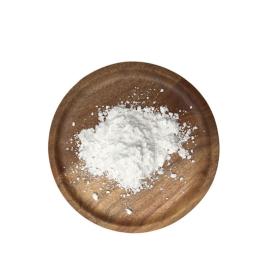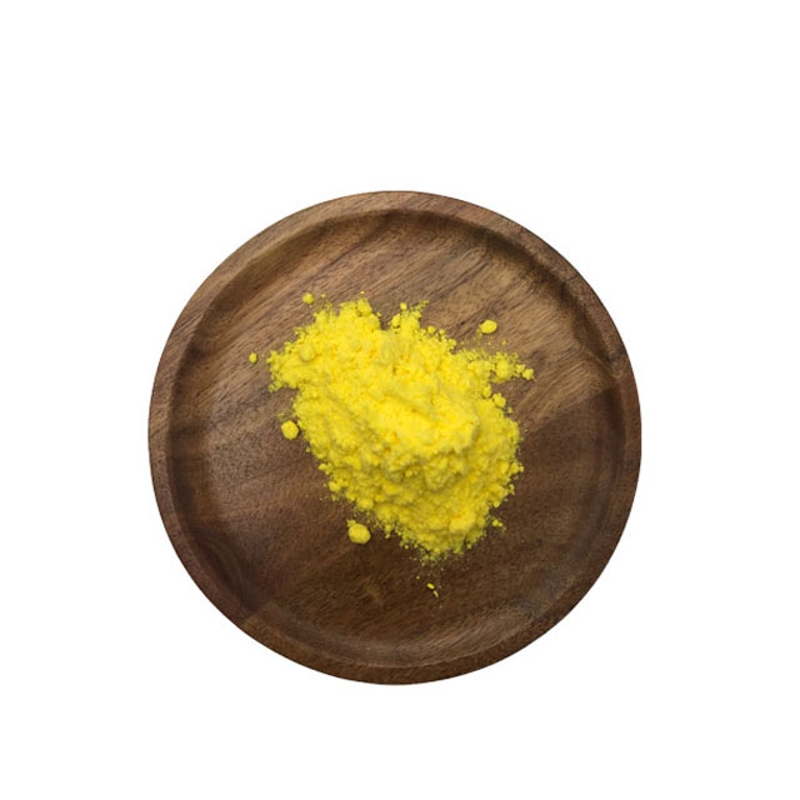-
Categories
-
Pharmaceutical Intermediates
-
Active Pharmaceutical Ingredients
-
Food Additives
- Industrial Coatings
- Agrochemicals
- Dyes and Pigments
- Surfactant
- Flavors and Fragrances
- Chemical Reagents
- Catalyst and Auxiliary
- Natural Products
- Inorganic Chemistry
-
Organic Chemistry
-
Biochemical Engineering
- Analytical Chemistry
- Cosmetic Ingredient
-
Pharmaceutical Intermediates
Promotion
ECHEMI Mall
Wholesale
Weekly Price
Exhibition
News
-
Trade Service
Briefly
Intracranial angio-exothelioma, also known as hemangiopericytoma (HPC), is a rare central nervous system tumor, belonging to interstitial lesions, low incidence intracranial, less than 1% of intracranial tumors, Stout and Murray first reported in 1942, began to be summarized in a subtype of meningioma, the current pathology believes that vascular exothelioma originated from the meningeal interstitial capillary wall Zimmerman exothelial cells, non-meningeal cells, This blood vessel is close to the periphery of the capillaries, and the clostrid cells arranged in a reticulofibrous membrane are mutated smooth muscle cells, which are sources of interlobite tissue, and lack the histological characteristics of meningioma, so they are called vascular exothelioma or perivascular cell tumor, and are listed
Intracranial HPCs are all solitary and can occur at any age, with an average age of onset of 40-45 years, with a slightly higher incidence in men than in women
Characteristic imaging findings of HPC
differential diagnosis
1.
2.
3.
HPC is a malignant tumor, because of its abundant blood supply, intraoperative bleeding is very easy, postoperative radiation therapy is required, and it is easy to recur and appear extracephalic metastases
Left frontal vascular epithelioma
Right parietal occipital angioepithelial tumor
Lesions show a slightly longer T2 signal, in which the flow of vascular shadow is visible, significantly strengthened, the tumor grows across the skull and outside, and the narrow substrate is connected to the dura mater







